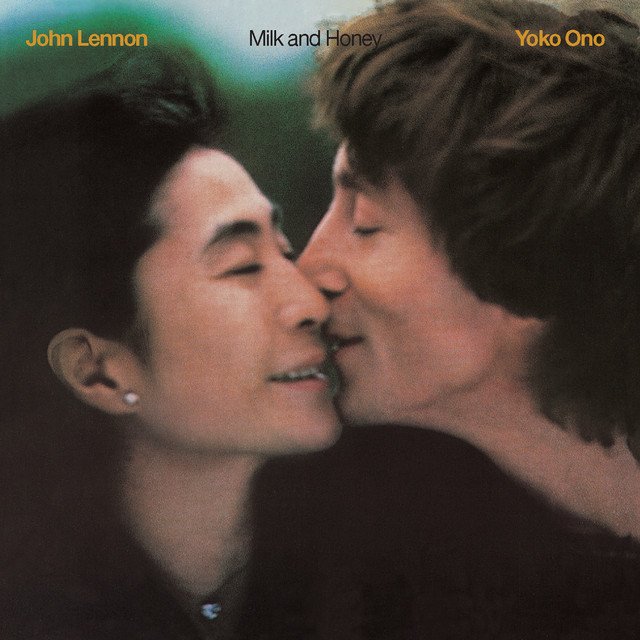The Eternal Echoes of Posthumous Music
Music has always been more than just sound—it’s an intimate conversation between the artist and the listener, a conversation that, in some cases, doesn’t end with death.
Posthumous albums, the final notes in an artist’s symphony, carry a haunting resonance, lingering long after the artist has departed.
These albums are not mere collections of unreleased tracks; they are the echoes of an artist’s unfinished thoughts, their unresolved emotions, and their last, often unguarded, messages to the world.
In this exploration, we delve into why these albums hold such a powerful grip on us, navigating the fine line between honouring a legacy and commodifying memory, while also reflecting on what these releases say about us as a society.
The Unfinished Symphony: Why Posthumous Albums Resonate
There’s a certain rawness to posthumous albums that makes them stand out from the rest of an artist’s discography.
These albums are often cobbled together from incomplete works, demos, or even songs that the artist may have never intended to release.
Yet, it’s precisely this unfinished quality that makes them so compelling.
They offer a rare glimpse into the creative process, showing the artist at their most vulnerable, their most experimental, and sometimes, their most personal.
Take, for instance, Amy Winehouse’s “Lioness: Hidden Treasures.”
Released after her tragic death, the album is a poignant collection of songs that spans the breadth of her career, showcasing her struggles, her brilliance, and her unfiltered artistry.

Listening to it feels like eavesdropping on the late-night thoughts of a troubled genius, where each note is imbued with a sense of longing, regret, and raw emotion.
Posthumous albums like this resonate because they are more than just music; they are the echoes of a soul trying to express itself one last time.
The Controversy of Posthumous Releases: Art or Exploitation?
But the release of these albums often raises a difficult question: Are they a tribute to the artist, or are they a form of exploitation?
The ethics of posthumous releases have been hotly debated, particularly when the artist had little to no say in what would happen to their unreleased work after their death.
![2Pac R U still down? [remember me] album artwork](https://neonmusic.co.uk/wp-content/uploads/2024/09/ab67616d0000b2738e0ff34ad21955b6f4da9b86.jpeg)
Consider the posthumous releases of Tupac Shakur and Prince. Tupac, who was known for his prolific output, has had more albums released after his death than he did while he was alive.
While some fans celebrate the opportunity to hear more from their idol, others question whether these releases, many of which were heavily produced or altered, truly represent Tupac’s artistic vision.

Prince, on the other hand, was famously protective of his unreleased work, yet his estate has issued several posthumous albums, sparking debates over whether these albums honour his legacy or betray his wishes.
The controversy lies in the balance between celebrating the artist’s work and respecting their autonomy.
Are these albums preserving the artist’s voice, or are they manipulating it for profit?
It’s a question that continues to haunt the music industry, especially as technology advances and makes it easier to release new material from artists long after they’ve passed.
The Immortality Soundtrack: Cultural and Historical Impact
Posthumous albums don’t just extend an artist’s career—they often solidify their mythos, transforming them into cultural icons.
These albums become more than just music; they become historical artefacts, encapsulating the zeitgeist of a time and place and influencing generations of musicians and fans alike.

Nirvana’s “MTV Unplugged in New York” is a prime example. Released after Kurt Cobain’s tragic death, the album serves as a haunting farewell to the grunge movement and a generation of disaffected youth.
The raw, stripped-down performances, particularly the cover of Lead Belly’s “Where Did You Sleep Last Night,” are imbued with a sense of finality that was eerily prescient.
The album has since become a defining moment in rock history, not just for its musical quality but for the way it encapsulates the emotional and cultural turbulence of the 1990s.
These albums resonate across time, not just as part of an artist’s catalogue but as touchstones for the eras they represent.
They are the soundtracks of immortality, forever intertwined with the cultural and historical moments that defined them.
Posthumous Albums as a Mirror of Society: What They Tell Us About Ourselves
But beyond their musical and cultural significance, posthumous albums also serve as mirrors, reflecting the values, emotions, and conflicts of the society that consumes them.
They resonate particularly strongly in times of social or political upheaval, when people are looking for meaning, solace, or inspiration.
John Lennon’s posthumous releases, for example, have often been embraced as anthems for peace and social justice.
Songs like “Imagine,” though released during his lifetime, have taken on new layers of meaning in the context of his death, becoming symbols of hope and unity in a divided world.

His posthumous album “Milk and Honey,” which includes unfinished recordings from the “Double Fantasy” sessions, continues to remind us of his unwavering commitment to love, peace, and activism.
These albums tell us as much about ourselves as they do about the artists.
They reveal our collective desire to hold on to the past, to find meaning in loss, and to seek comfort in the voices of those who are no longer with us.
In a way, posthumous albums become a part of our shared cultural memory, reflecting the hopes, fears, and dreams of the society that embraces them.
The Future of Posthumous Albums: AI, Holograms, and Beyond
As we move further into the 21st century, the concept of posthumous albums is evolving.
With advancements in AI and holographic technology, the boundaries between life and death in the music industry are becoming increasingly blurred.
But what does this mean for the future of music, and how will it impact the way we remember artists?
The idea of creating “new” music from deceased artists using AI is no longer science fiction.
Already, we’ve seen hologram performances of Tupac Shakur at Coachella and Michael Jackson at the Billboard Music Awards, blurring the line between tribute and exploitation.
These technological advancements raise ethical questions: Is it right to continue creating and performing music in an artist’s name after they’ve passed?
Can a computer truly capture the essence of a musician, or are we simply manufacturing nostalgia?
The future of posthumous albums may lie in these technological innovations, but it also requires careful consideration of the implications.
As we look ahead, we must ask ourselves: Are we honouring the artist’s legacy, or are we just trying to hold on to something that’s already gone?
The Lasting Legacy of Posthumous Albums
Posthumous albums are more than just collections of songs—they are the final chapters in the stories of the artists who created them.
They allow us to connect with these artists one last time, to hear their voices again, and to find meaning in their words and music.
But they also raise important questions about the ethics of releasing this work, the impact it has on an artist’s legacy, and what it says about us as a society.
As listeners, we are left with the echoes of these final notes, forever intertwined with the legacy of the artists who made them.
These albums serve as the final thread connecting us to the artists, weaving their presence into the fabric of our lives even after they’ve departed.
They blur the line between presence and absence, ensuring that the voices of those we’ve lost continue to resonate, whispering their truths and emotions across time.
So, the next time you listen to a posthumous album, take a moment to reflect not just on the music but on the legacy it represents.
Consider the story behind each note, the emotion in each lyric, and the impact these albums continue to have on the world.
Because in the end, posthumous albums are not just about what was but about what still is—an enduring connection between the artist and the audience, reaching beyond the grave.


